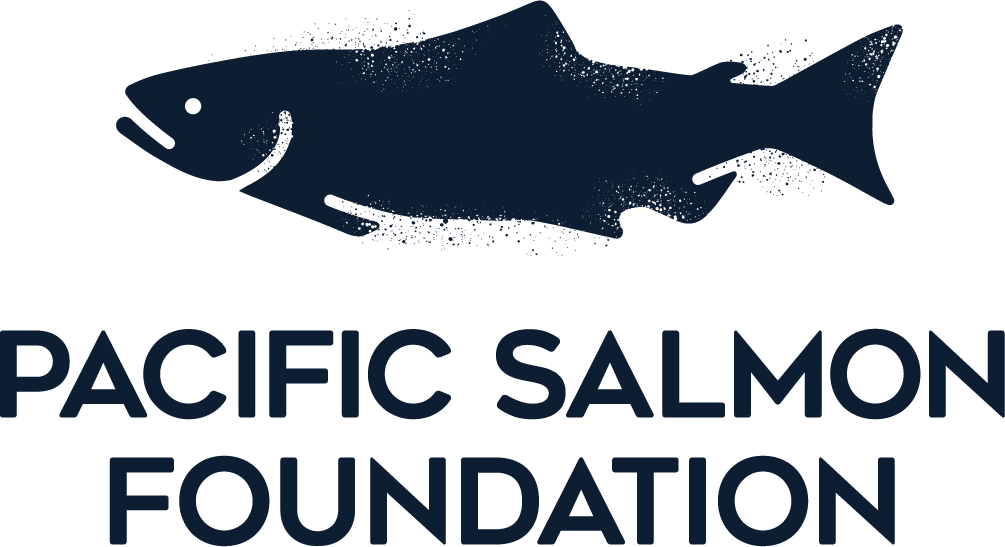Ballast water transport of non-indigenous zooplankton to Canadian ports
Ballast water is one of the primary transport vectors for the transfer and introduction of non-indigenous zooplankton (NIZ). Regulations require vessels from overseas to conduct mid-ocean exchange before discharging ballast in Canadian ports. Intracoastal vessels from nearby ports may be exempt from exchange, whereas intracoastal vessels from more distant ports are required to exchange. Zooplankton in the ballast water of transoceanic exchanged (TOE), intracoastal exchanged (ICE), and intracoastal unexchanged (ICU) vessels arriving at Canada’s west (WC) and east (EC) coasts were examined.
Simple
- Date (Publication)
- 2012-07-10
- Cited responsible party
-
Organisation name Individual name Electronic mail address Role West Vancouver Laboratory
Colin Levings
Principal investigator Fisheries and Oceans Canada
Claudio DiBacco
Principal investigator Fisheries and Oceans Canada
Donald B. Humphrey
Principal investigator Fisheries and Oceans Canada
Leslie E. Nasmith
Principal investigator
- Presentation form
- Digital document
- Other citation details
-
ICES Journal of Marine Science (2012), 69(3), 483–491. doi:10.1093/icesjms/fsr133
- Purpose
-
This study aimed to build on the previous work done on ballast water as a vector for NIS, with special consideration of the ICU shipping class. We sampled zooplankton from the ballast water of vessels arriving in Canadian west and east coast (EC) ports, classifying them as indigenous or non-indigenous to these ports, to assess the invasion risk. All results were compared among the TOE, ICE, and ICU shipping classes to assess whether the current exemption of ICU vessels from MOE is justified based on zooplankton density, taxonomic richness, propagule pressure, and community composition. In doing so, we provide the first assessment of ballastmediated invasion risk in multiple regions of Canada.
- Status
- Completed
- Point of contact
-
Organisation name Individual name Electronic mail address Role West Vancouver Laboratory
Colin Levings
Point of contact
- Maintenance and update frequency
- Not planned
-
Global Change Master Directory (GCMD) Science Keywords v15.9
-
-
Earth Science > Biosphere > Aquatic Ecosystems
-
-
DFO Areas
-
-
North Atlantic Ocean
-
North Pacific Ocean
-
- Use limitation
-
# 2011 International Council for the Exploration of the Sea. Published by Oxford University Press. All rights reserved.
For Permissions, please email: journals.permissions@oup.com journals.permissions@oup.com
- Language
-
English
- Character set
- UTF8
- Topic category
-
- Biota
- Environment
- Environment description
-
12KB
- Description
-
WC samples were collected from vessels arriving at terminals within the Port of Vancouver
))
- Begin
- 2006-10
- End
- 2008-10
- Supplemental Information
-
Ballast water is one of the primary transport vectors for the transfer and introduction of non-indigenous zooplankton (NIZ). Regulations require vessels from overseas to conduct mid-ocean exchange before discharging ballast in Canadian ports. Intracoastal vessels from nearby ports may be exempt from exchange, whereas intracoastal vessels from more distant ports are required to exchange. Zooplankton in the ballast water of transoceanic exchanged (TOE), intracoastal exchanged (ICE), and intracoastal unexchanged (ICU) vessels arriving at Canada’s west (WC) and east (EC) coasts were examined. NIZ density, propagule pressure, taxon richness, and community composition were compared among the three shipping classes. The WC ports received greater densities of NIZ and had greater NIZ propagule pressure than EC ports. Within WC vessels, NIZ propagule pressure and density were significantly greater in ICU vessels. TOE vessels on the EC had the greatest NIZ propagule pressure and density. ICU vessels entering Vancouver ports represented the greatest invasion risk to Canadian waters. These vessels likely mediate secondary invasions by facilitating the transport of unexchanged ballast directly from ports previously invaded, whereas short ICU voyage duration enhances organism survivorship and vessels transport NIZ over natural dispersal barriers.
- Distribution format
-
Name Version electronic
none
- Distributor contact
-
Organisation name Individual name Electronic mail address Role Pacific Salmon Foundation
Isobel Pearsall
Distributor
- OnLine resource
-
Protocol Linkage Name WWW:LINK-1.0-http--link
https://www.dfo-mpo.gc.ca/science/data-donnees/index-eng.html DFO Science website
WWW:DOWNLOAD-1.0-http--download
https://soggy2.zoology.ubc.ca/geonetwork/srv/api/records/f17817c8-89c9-40f7-ba05-b5c5533b627d/attachments/f17817c8-89c9-40f7-ba05-b5c5533b627d.pdf f17817c8-89c9-40f7-ba05-b5c5533b627d.pdf WWW:DOWNLOAD-1.0-http--download
https://soggy2.zoology.ubc.ca/geonetwork/srv/api/records/f17817c8-89c9-40f7-ba05-b5c5533b627d/attachments/f17817c8-89c9-40f7-ba05-b5c5533b627d.xlsx f17817c8-89c9-40f7-ba05-b5c5533b627d.xlsx
- OnLine resource
-
Protocol Linkage Name DOI
https://doi.org/10.48689/f17817c8-89c9-40f7-ba05-b5c5533b627d Digital Object Identifier (DOI)
- Hierarchy level
- Dataset
- Statement
-
Levings produced paper copy. Fraser scanned with Fujitsu Scansnap s1500 (ABBY Finereader OCR software).
Metadata
- File identifier
- f17817c8-89c9-40f7-ba05-b5c5533b627d XML
- Metadata language
-
eng
- Character set
- UTF8
- Hierarchy level
- Dataset
- Date stamp
- 2023-12-18T21:34:11.101Z
- Metadata standard name
-
North American Profile of ISO19115:2003 - Geographic information - Metadata
- Metadata standard version
-
NAP - CAN/CGSB-171.100-2009
- Metadata author
-
Organisation name Individual name Electronic mail address Role Pacific Salmon Foundation
Sarah Fraser
Author
- Other language
-
Language Character encoding French UTF8 English UTF8
Overviews

Spatial extent
))
Provided by
